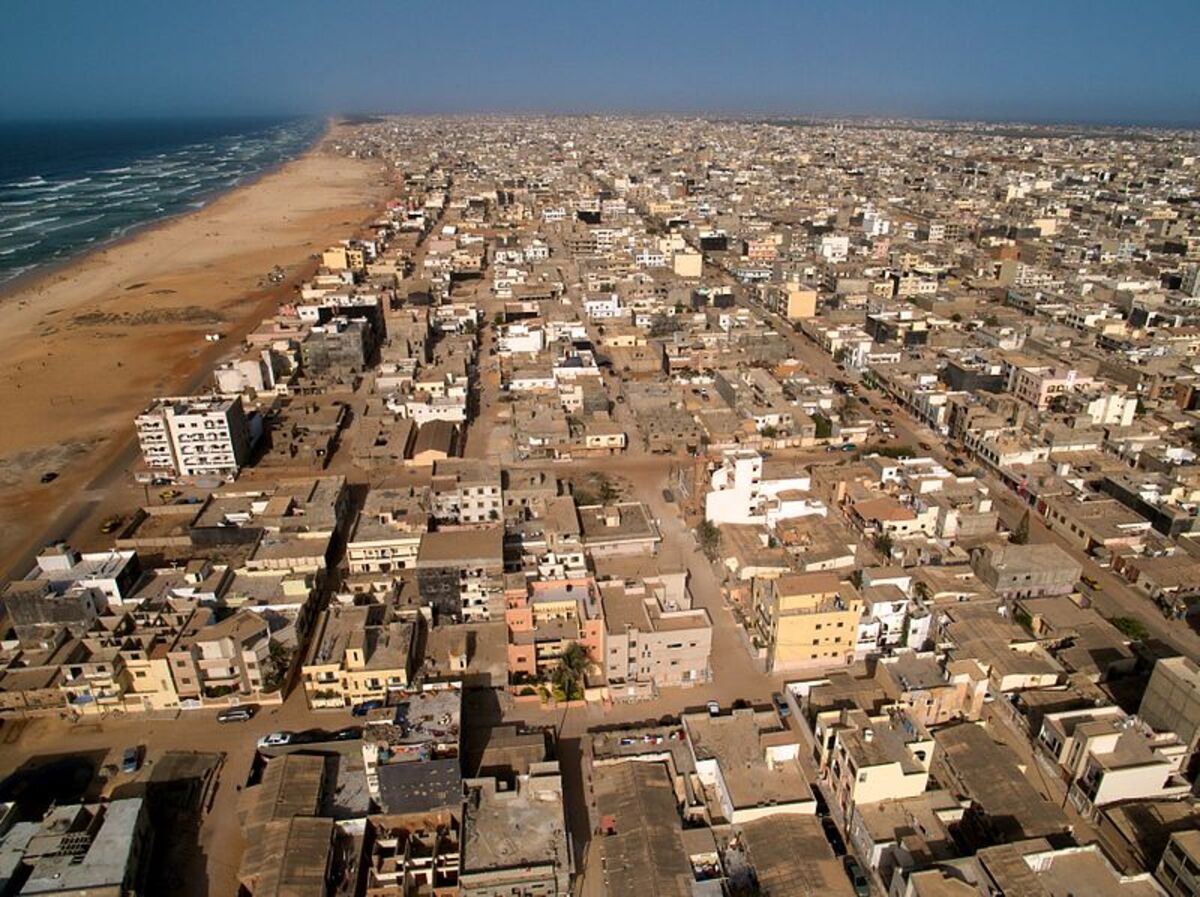Housing needs, construction practices and urbanisation trends in North West Africa and Europe
ABC 21 Africa-Europe Bioclimatic Buildings for XXI Century

Review of housing needs, construction practices in North-West Africa & Europe and analysis of the housing situation in current issues in urbanisation. The situation of housing demand and supply is facing a lack of up-to-date statistical data both in African and European countries. This gap in housing statistics is partly linked to an outdated estimate of housing stocks, but also to the complexity of methods for projecting real housing needs.
In both Africa and Europe, though with quite different economic and social background conditions, the demand for housing remains high while the supply remains limited in quantity and often inadequate in quality, even in Europe, where large parts of the building stock suffer of poor thermal performance. The consequence of this situation is the proliferation of slums and anarchic urbanization in Africa, the need for a large programme for deep renovation and solutions for "energy poverty" and the homeless social problem in Europe.
Over time, housing supply policies have evolved and there has been no shortage of initiatives to try to address the deficit. These initiatives are often carried out by government programs (in most African countries), community programs or associations carried out by cities (in Europe).
In Europe, the energy quality of housing has been addressed in terms of regulations for newly built stock, but improvements are still needed, in particular for taking care of summer comfort and energy use in a warming climate, and the pace of renovation of existing stock is far beyond what is needed to meet climate protection. In Africa, the issue is beginning to emerge through new building codes incorporating energy efficiency standards, low carbon materials, incentives, etc.
Construction shows different faces in Africa and Europe. In Africa, self-building plays an important role as an affordable and quick way to access to shelter and property. In many cases, self-builders do not hire an architect (80% of cases in countries like Senegal). Construction carried out by a qualified company remains very limited. The sector is yet to be consolidated and structured in Africa.
In Europe, the industrialization of the sector has boosted standard-based production of components and, partly, of housing. Nevertheless, the ageing housing stock requires energy renovation to meet the climate change challenge.
Today, the issues of the deficit in the supply and in quality and its multiple dimensions (indoor air quality and comfort, low energy use, embedded energy and carbon emissions, promotion of local good quality jobs…) might find answers in a revival with new tools of bio-climatic architecture, the use of low-carbon materials, a upskill of construction centered on local communities local and a strong process of true "greening" of industrialised production. In Europe, renovation remains the most important policy challenge, together with tackling the territorial wastes and geo-morphological risks generated by the over-urbanization carried on in Industrial era and especially after WW2. In Africa, most of the housing stock is to be built in the coming decades in order to fulfill the needs of a population expected to double in size in a few decades, and the rapid urbanisation processes might take profit of the EU expereince in order to avoid some of the mistakes done in EU in regards of a wise use of land, soil and landscape.
Financing access to housing remains a major problem for Africa and Europe. Government, community, and associative initiatives are very diverse but each one has its limits.



